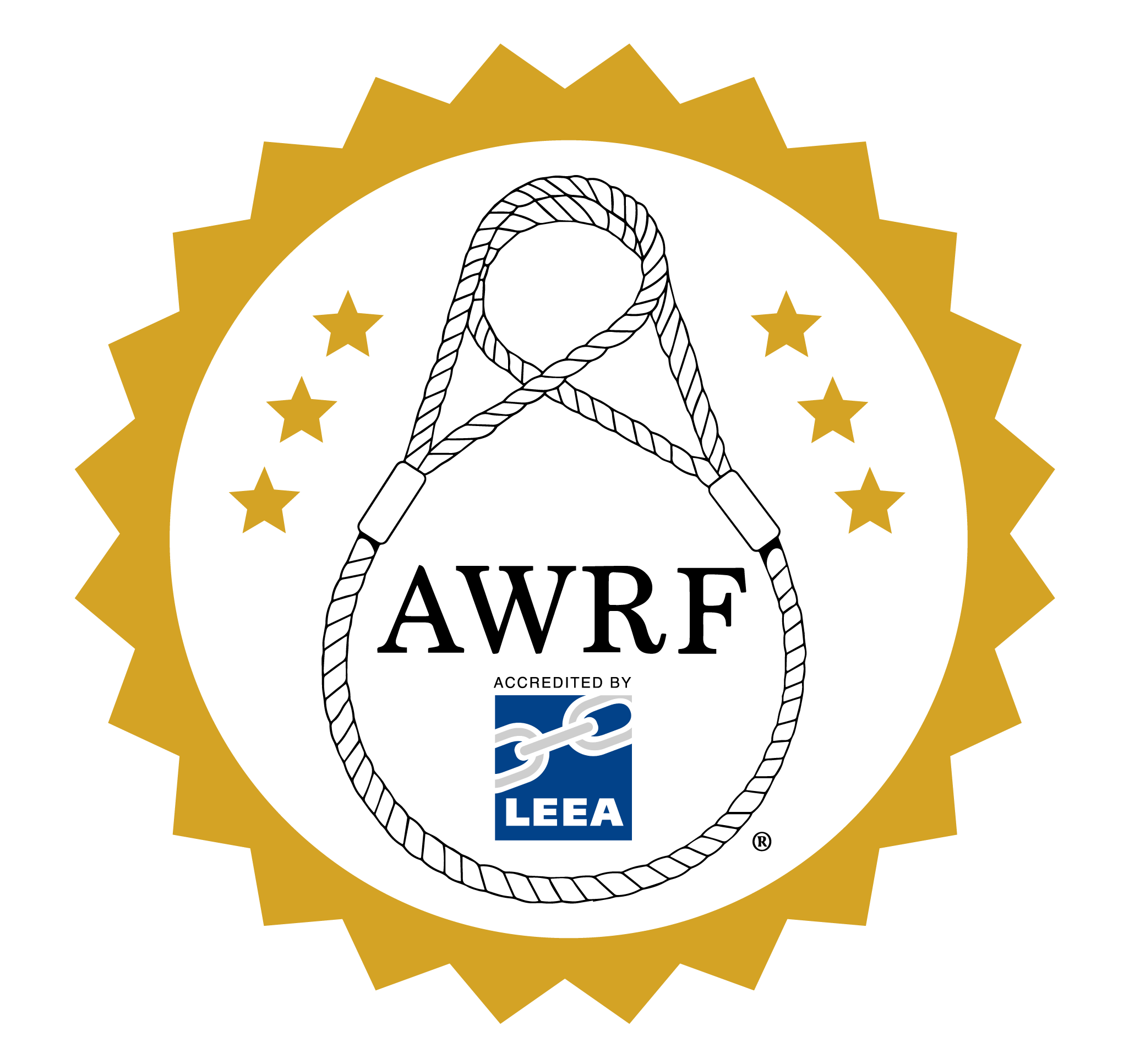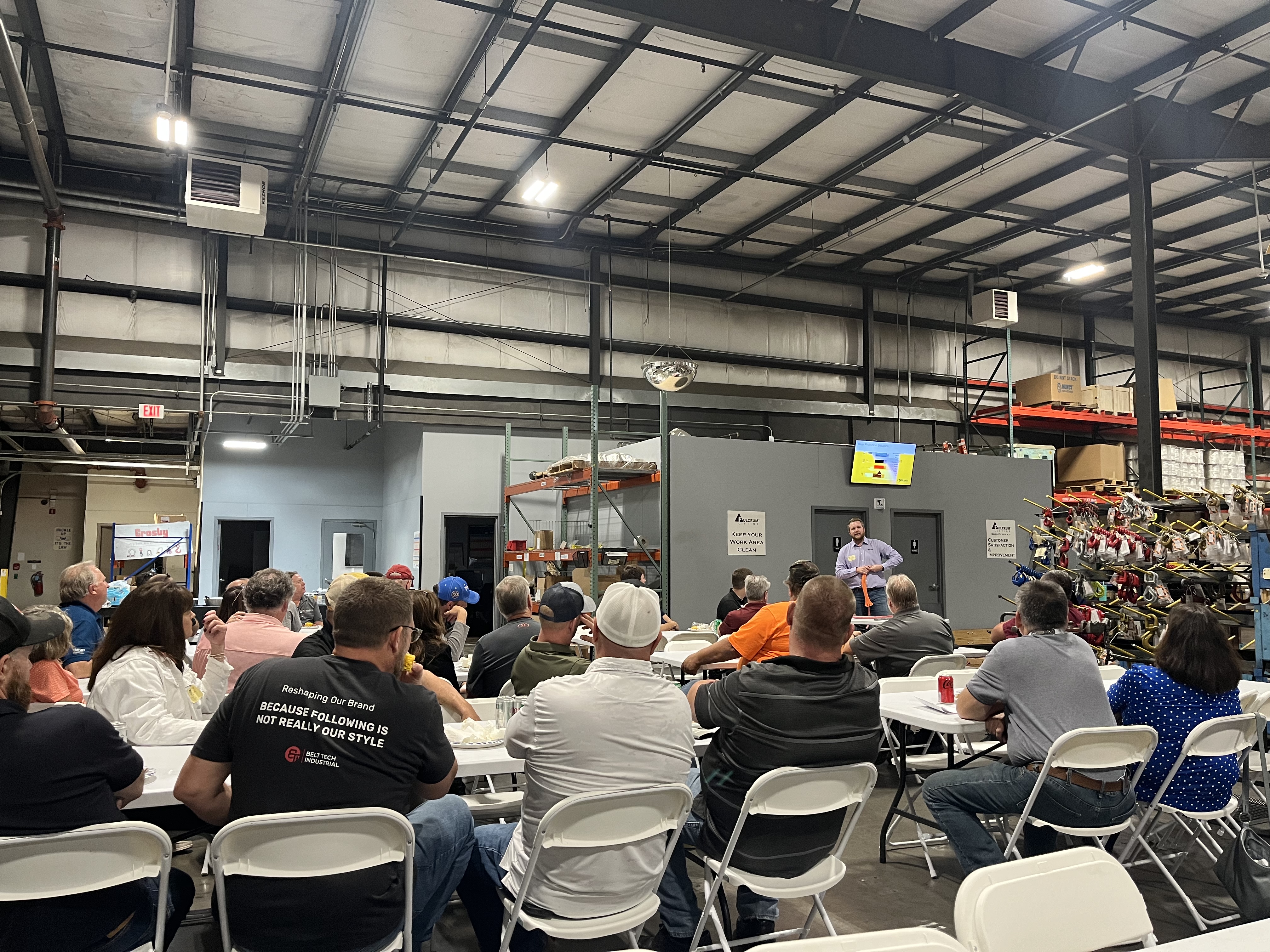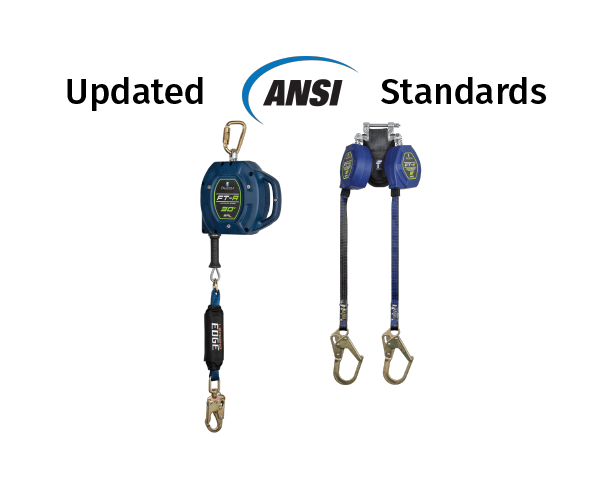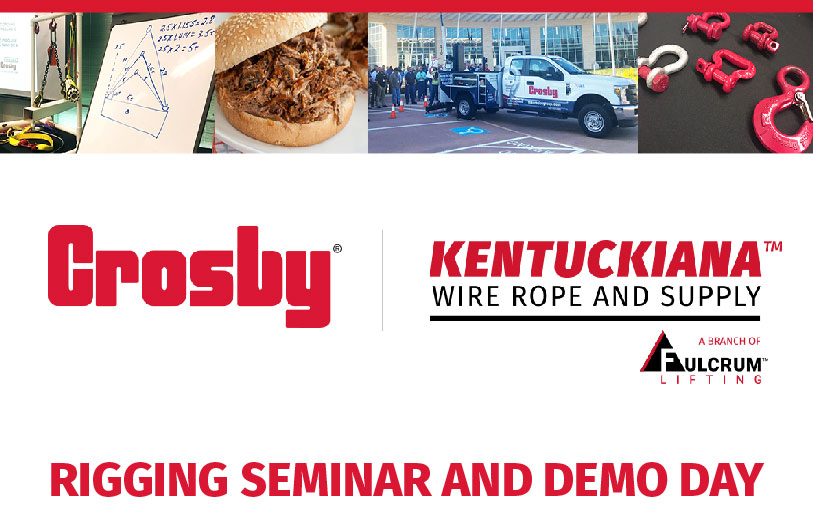News

Get a handle on self-locking hooks
Discover a revolutionary solution to elevate safety in lifting operations! The Crosby Group brings you…
Read More »
Fulcrum Lifting - Passing the AWRF Accreditation Audit
When the opportunity presents itself, we rise to the occasion! This stands true with recently passing…
Read More »
HMPE Ropes and The Propeller Club of Evansville
Vernon Lifting Products welcomed The Propeller Club of Evansville to it's facilities for a tour, food,…
Read More »

ANSI Z359.14-2021: What's the Updated Self-Retracting Devices Standard?
Reference the changes to the ANSI Z359.14 Self-Retracting Devices standard.
Read More »
Kentuckiana Wire Rope and Supply to host Crosby Rigging Seminar and Demo Day
We are proud to announce we will be hosting a Crosby Rigging Seminar and Demo Day this fall. The event…
Read More »
We Made The News
It seems like yesterday we moved into the new Vernon Lifting Products facility and hosted the Open House. Wire…
Read More »
